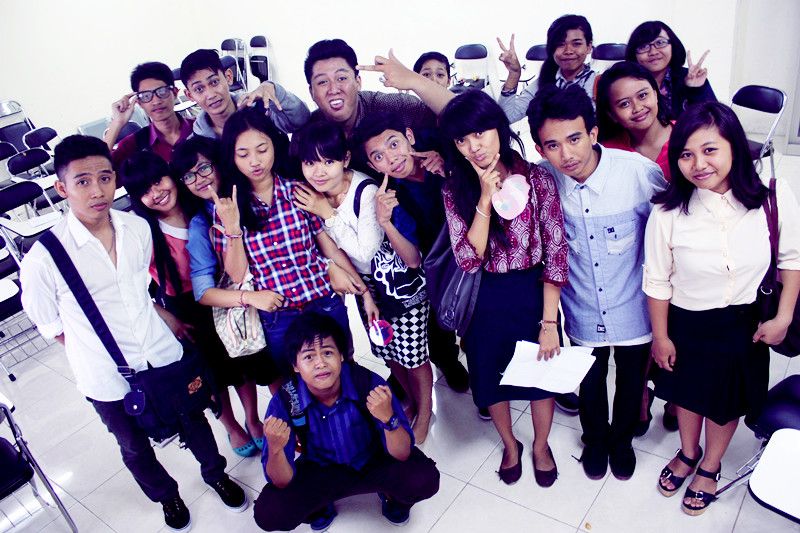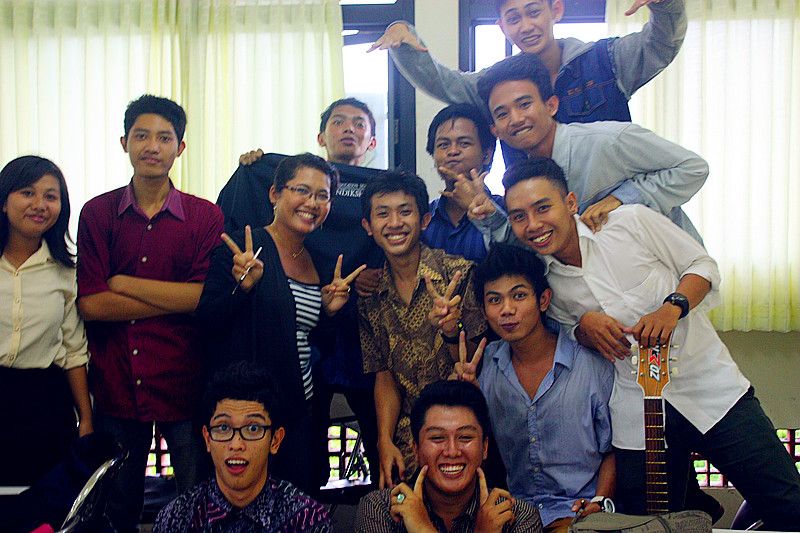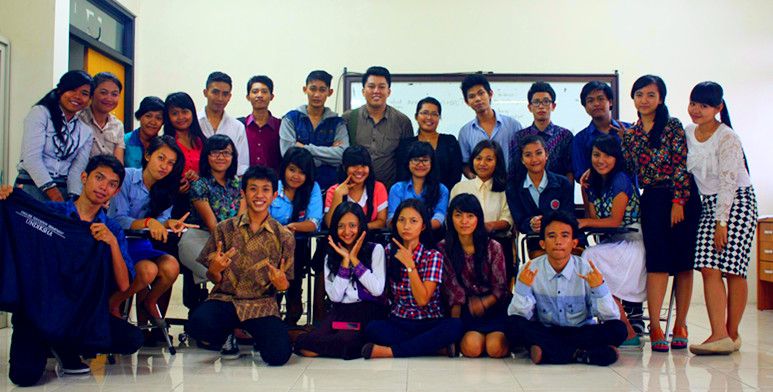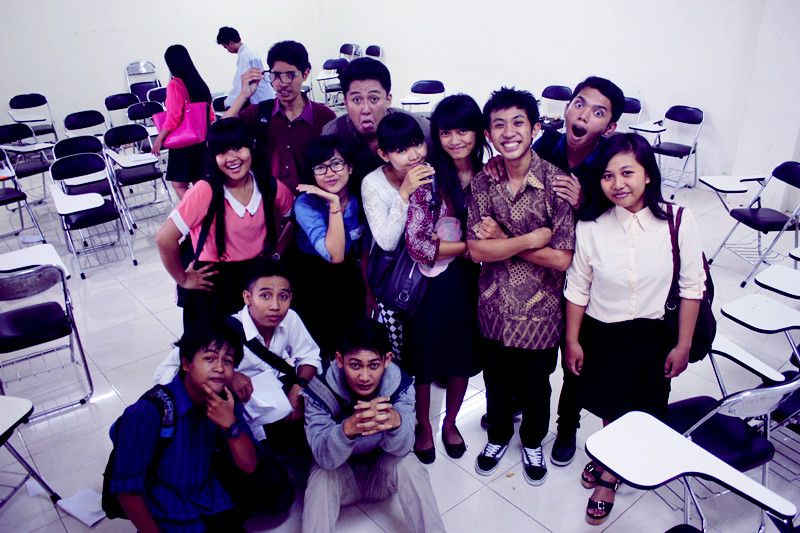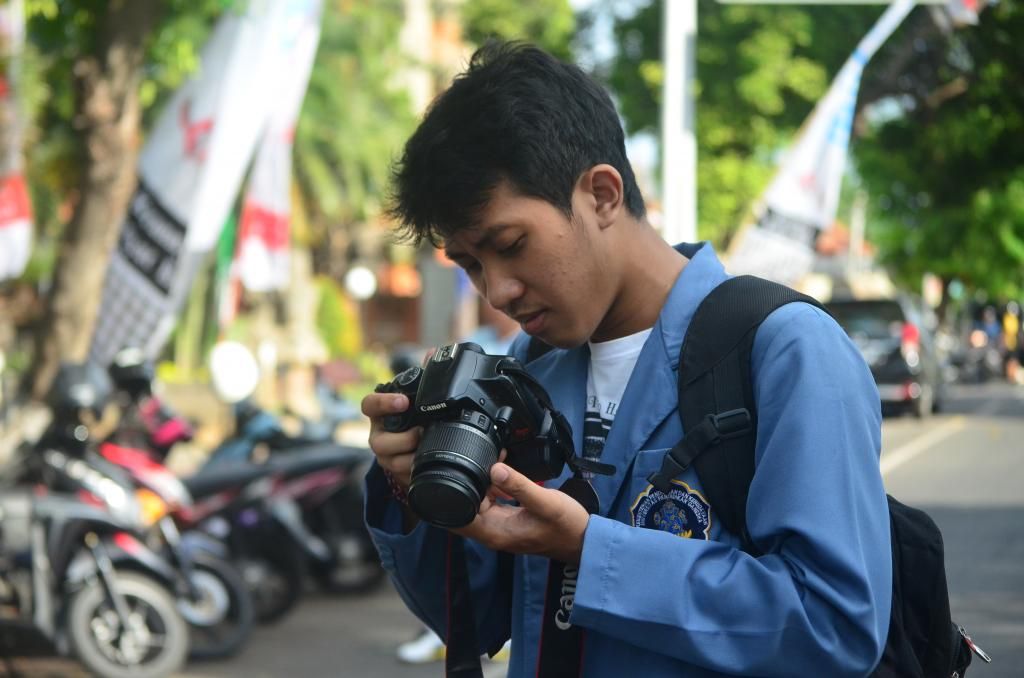Intro: Am G
Verse:
Am
A hundred days have made me older,
G Am F G
Since the last time that I saw your pretty face,
Am
A thousand lies have made me colder,
G Am F G
And I don't think I can look at this the same,
Am
And all the miles that separate,
G F G
They disappear now when I'm dreamin' of your face.
Chorus:
C G
I'm here without you baby,
Am
But you're still on my lonely mind,
F G
I think about you baby and I dream about you all the time,
C G
I'm here without you baby,
Am
But you're still with me in my dreams,
F G
And tonight, it's only you and me,
Second verse:
Am G Am F G
The miles just keep rolling as the people leave their way to say hello,
Am G Am F G
I've heard this life is overrated, but I hope it gets better as we go, woah, yeah
Chorus
Bridge:
Am
Everything I Know,
C
And everywhere I go,
G F
It gets hard but it won't take away my love,
Am C
And when the last one falls,
G F C G Am F G
When it's all said and done, it gets hard but won't take, away, my love, oh, oh, yeah.
Chorus
I'm here without you baby, but your still on my lonely mind,
I think about you baby and I dream about you all the time,
I'm here without you baby, but your still with me in my dreams,
F G C G Am F G Am
But tonight, it's only you and me, yeah, oh yeah, oh oh oh, no....
Verse:
Am
A hundred days have made me older,
G Am F G
Since the last time that I saw your pretty face,
Am
A thousand lies have made me colder,
G Am F G
And I don't think I can look at this the same,
Am
And all the miles that separate,
G F G
They disappear now when I'm dreamin' of your face.
Chorus:
C G
I'm here without you baby,
Am
But you're still on my lonely mind,
F G
I think about you baby and I dream about you all the time,
C G
I'm here without you baby,
Am
But you're still with me in my dreams,
F G
And tonight, it's only you and me,
Second verse:
Am G Am F G
The miles just keep rolling as the people leave their way to say hello,
Am G Am F G
I've heard this life is overrated, but I hope it gets better as we go, woah, yeah
Chorus
Bridge:
Am
Everything I Know,
C
And everywhere I go,
G F
It gets hard but it won't take away my love,
Am C
And when the last one falls,
G F C G Am F G
When it's all said and done, it gets hard but won't take, away, my love, oh, oh, yeah.
Chorus
I'm here without you baby, but your still on my lonely mind,
I think about you baby and I dream about you all the time,
I'm here without you baby, but your still with me in my dreams,
F G C G Am F G Am
But tonight, it's only you and me, yeah, oh yeah, oh oh oh, no....
 4:21 PM
4:21 PM
 Unknown
Unknown










